Key Points:
- The Antenna MAX is a roof-mounted enclosure with integrated 4x4 MIMO cellular, 2x2 Wi-Fi, and GPS antennas.
- The weatherproof enclosure has space to mount compatible Peplink routers inside, eliminating the need for long and expensive antenna cables running indoors.
- A single Ethernet cable provides a power and data connection.
- Eliminating antenna cables can substantially improve the quality and strength of a cellular signal, particularly on high-frequency bands.
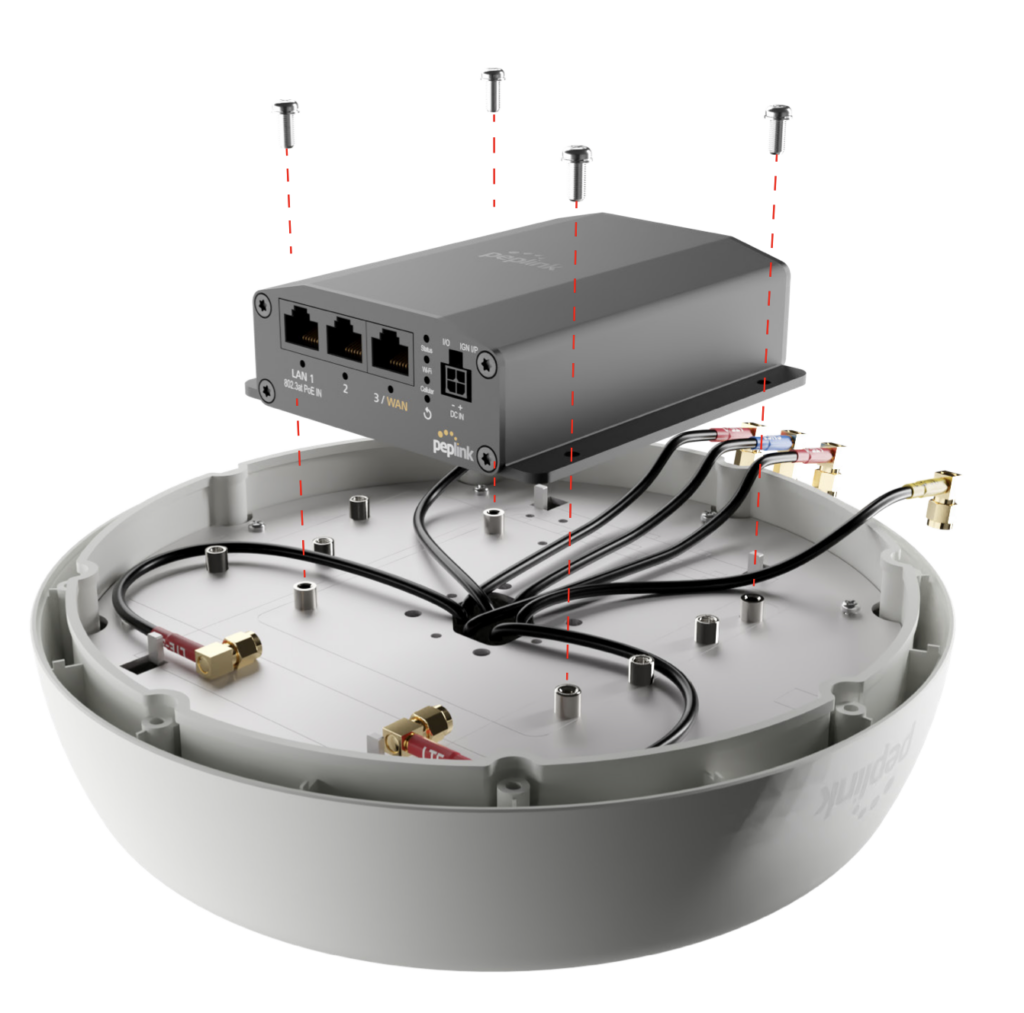
Cellular antennas perform best when mounted high up outdoors with a clear, unobstructed view in every direction - on the roof of an RV, up a mast, or on a boat's radar arch.
However, the gain from prime antenna placement is often squandered due to losses over long coax cables connecting the antenna outdoors to a cellular modem integrated into an indoor router.
Low-loss cables that combat this loss are thick, ungainly, and expensive - and they still result in substantial losses over longer cable runs. These downsides become even more significant when you consider that a modern 5G router needs 7x antenna cables - 4x cellular, 2x Wi-Fi, and GPS.
Some products like the Peplink MAX HD Dome or the Insty Connect avoid cable loss and expense by integrating the router or modem right into the outdoor antenna, and then connect to the interior over a single Ethernet cable.
We have certainly seen real-world advantages from this approach.
The new Peplink Antenna MAX enclosure will make combining the router and antenna outdoors a practical strategy for even more people.
In a nutshell, the Antenna MAX is an outdoor dome-style antenna with similar performance characteristics as the popular Peplink Mobility 42G antenna, but it opens up to provide space inside for mounting a compatible Peplink router right inside the enclosure.
This means that the antenna cable runs are measured in just inches instead of feet.
At just $349, this is just $50 more than the cost of the Mobility 42G antenna alone. This makes the Antenna MAX a very compelling value for those looking to maximize cellular performance.
Table of Contents
Peplink Antenna MAX Overview
The Antenna MAX is a pretty simple concept. Peplink has told us it is essentially the same antenna elements from a Peplink Mobility 42G, only in an enclosure enlarged to allow for mounting a compatible router right inside and underneath the antenna.
The Antenna MAX is compatible with the BR1 Mini Series, the MAX Transit Duo Pro (dual 4G), or the BR1 Pro 5G routers - enabling these routers to integrate with an outdoor antenna with essentially no cable loss.
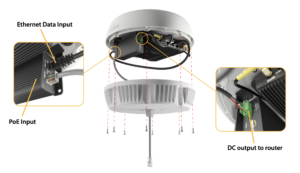
The only cable needed is a single Ethernet cable, which connects to an indoor POE injector or POE-enabled switch. Peplink does not include a POE power supply with the Antenna MAX, but there are many generic and affordable options if you do not already have a POE-capable Ethernet switch as part of your technomadic network.
For Peplink routers that can not be powered directly over POE (like the MAX BR1 Pro 5G), Peplink offers a $50 POE splitter accessory that splits off a 12V DC power output to the router. We hope that future BR1 Pro 5G updates will incorporate POE input, eliminating the need for this.
The Antenna MAX has three cable glands to route Ethernet cables - one on the bottom and two on the side.
We suspect many people will be looking for ways to daisy-chain a roof-mounted Starlink Mini to the router's WAN input via the spare cable gland.
The Antenna MAX has integrated Wi-Fi antennas as well as cellular - and these will be ideal for connecting upstream to marina or campground Wi-Fi using WiFi-as-WAN.
However, the outdoor location of the Wi-Fi antennas is often sub-optimal for indoor Wi-Fi coverage. To enable indoor Wi-Fi, we recommend people utilize an indoor access point (or two) to complete their Antenna MAX installation.
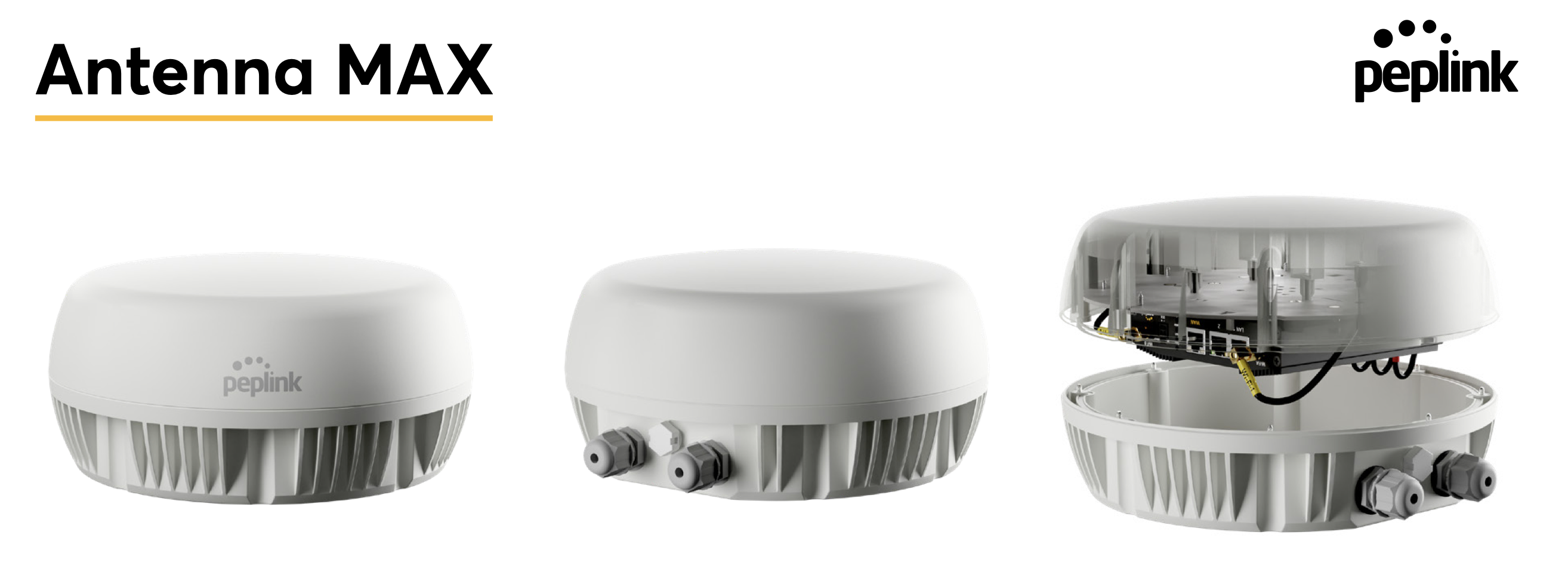
Concluding Thoughts
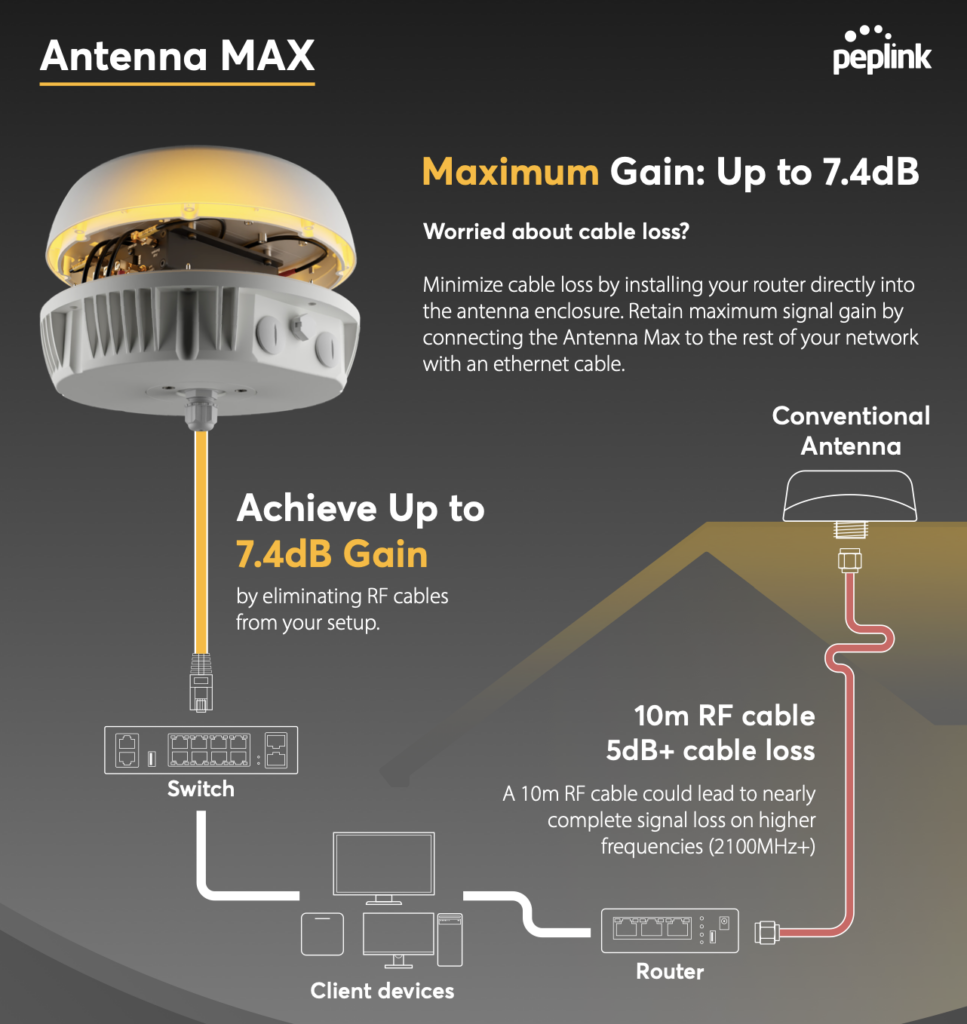
We have long advocated for integrating modems and antennas outdoors, and many high-end yacht builders have often done this - building their own equivalent of an Antenna MAX with the Peplink routers mounted outdoors under a dome with a closely paired antenna.
But now the Antenna MAX brings this capability to the mainstream at a very appealing $349 price that is just $50 more than the cost of a Mobility 42G (not even factoring in antenna cable costs). Even factoring in the cost of adding a router if you do not already have one - this is a fraction of the cost of Peplink's $2,799 MAX HD Dome.
The biggest downside of the Antenna MAX is that it's only compatible with a small number of Peplink routers.
And the most compelling router to pair with it (the BR1 Pro 5G) also lacks POE input compatibility, necessitating a $50 accessory.
Moving the router up onto the roof does have some downsides however.
For one - any additional Ethernet LAN or WAN ports on your router will be hard to take advantage of. But an indoor managed switch (and Pelink's vWAN feature) should let you use Ethernet ports on the switch as if they were physically on the router.
A potentially bigger frustration - swapping SIM cards will require a screwdriver and a ladder. This makes the Antenna MAX an awkward solution for frequent SIM swappers.
But when cable runs of 20 feet or more are expected - even the best antenna cables will have a substantial impact on the antenna performance, negating much if not all of the cellular performance benefits from optimum height placement & antenna gain.
For people who need more cable length for antenna placement - the Antenna MAX would make a for a good option to consider to maximize antenna performance.
It may not be for everyone - but we suspect many advanced users will find some very clever ways to put the Antenna MAX to good use.
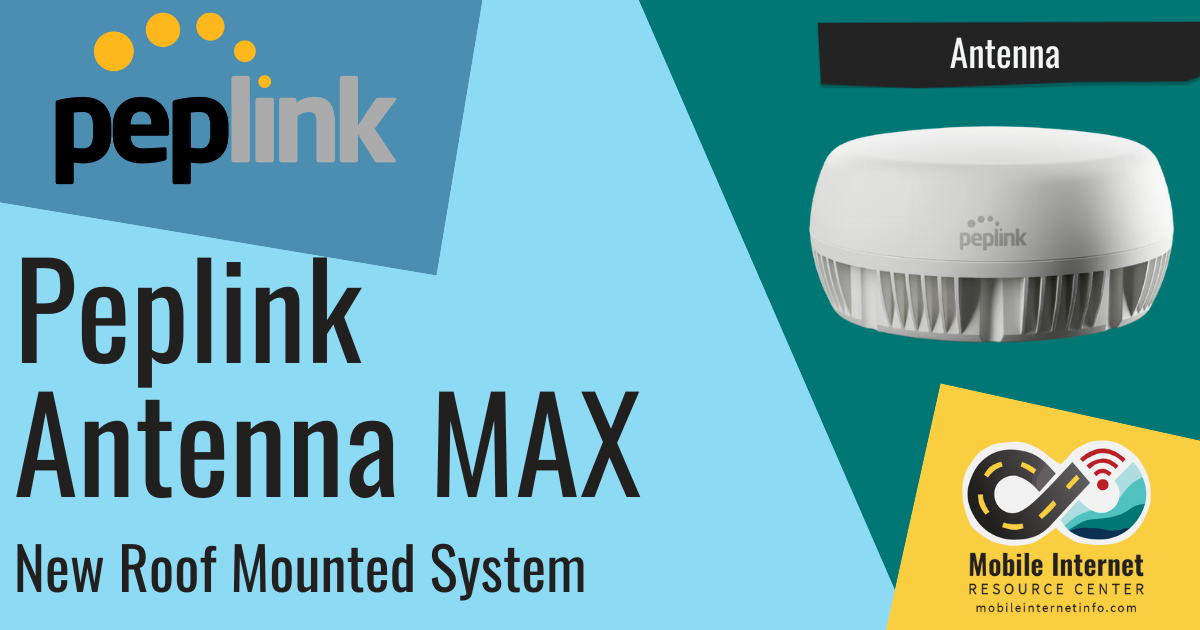







 Mobile Internet Resource Center (dba Two Steps Beyond LLC) is founded by Chris & Cherie of
Mobile Internet Resource Center (dba Two Steps Beyond LLC) is founded by Chris & Cherie of